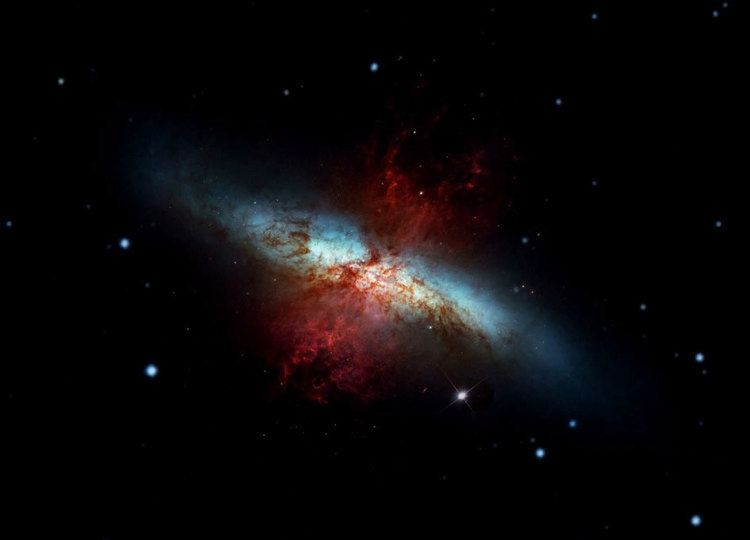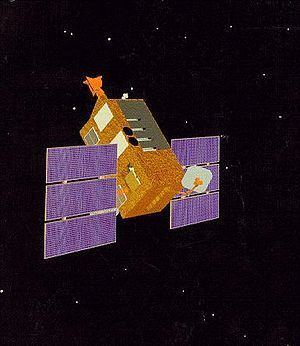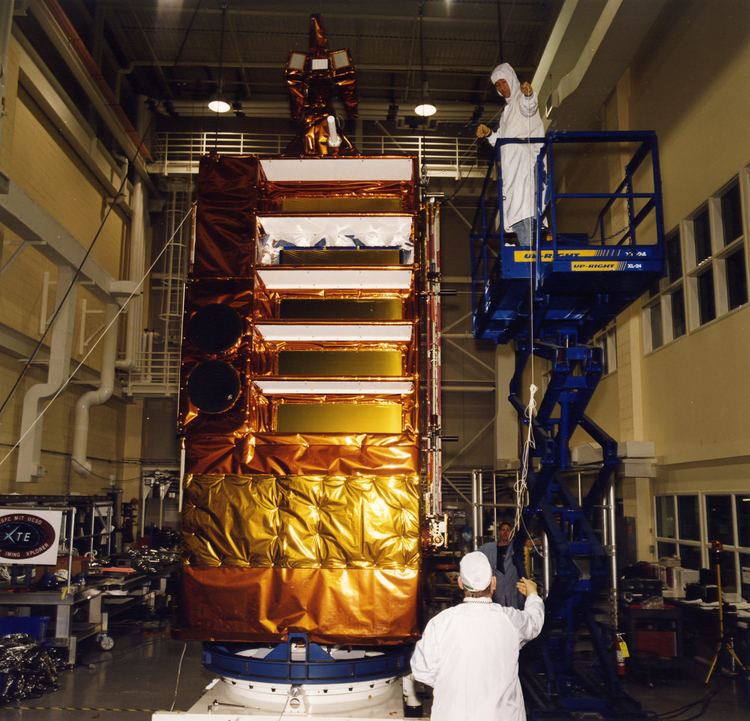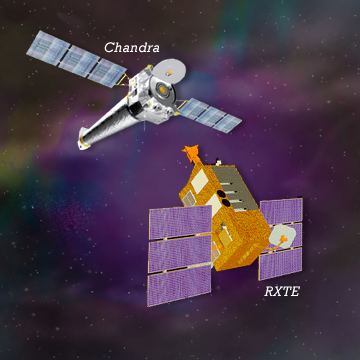Names RXTEXTEExplorer 69 SATCAT no. 23757 Launch date 30 December 1995 | Mission type Astronomy COSPAR ID 1995-074A Website RXTE home page | |
 | ||
Similar BeppoSAX, XMM‑Newton, INTEGRAL, Compton Gamma Ray Obse, Chandra X‑ray Observatory | ||
Rossi x ray timing explorer rxte telescope catches the beat of a midsize black hole
The Rossi X-ray Timing Explorer (RXTE) is a satellite that observed the time variation of astronomical X-ray sources, named after Bruno Rossi. The RXTE has three instruments—an All Sky Monitor, the Proportional Counter Array, and the High-Energy X-ray Timing Experiment (HEXTE). The RXTE observed X-rays from black holes, neutron stars, X-ray pulsars and X-ray bursts. It was funded as part of the Explorer program, and is sometimes also called Explorer 69.
Contents
- Rossi x ray timing explorer rxte telescope catches the beat of a midsize black hole
- All Sky Monitor ASM
- Proportional Counter Array PCA
- The High Energy X ray Timing Experiment HEXTE
- References

RXTE was launched from Cape Canaveral on 30 December 1995 on a Delta rocket, has an International Designator of 1995-074A and a mass of 3200 kg.

Observations from the Rossi X-ray Timing Explorer have been used as evidence for the existence of the frame-dragging effect predicted by the theory of general relativity. RXTE results have, as of late 2007, been used in more than 1400 scientific papers.

In January 2006, it was announced that Rossi had been used to locate a candidate intermediate-mass black hole named M82 X-1. In February 2006, data from RXTE was used to prove that the diffuse background X-ray glow in our galaxy comes from innumerable, previously undetected white dwarfs and from other stars' coronae. In April 2008, RXTE data was used to infer the size of the smallest known black hole.

RXTE ceased science operations on 3 January 2012.
NASA scientists said that the decommissioned RXTE would re-enter the Earth's atmosphere "between 2014 and 2023".
All-Sky Monitor (ASM)

The ASM consists of three wide-angle shadow cameras equipped with proportional counters with a total collecting area of 90 square cm. The instrumental properties were:

It was built by the CSR at MIT. The principal investigator was Dr. Hale Bradt.
Proportional Counter Array (PCA)
The PCA is an array of five proportional counters with a total collecting area of 6500 square cm. The instrument was built by the EUD (formerly 'LHEA') at GSFC. The PCA principal investigator was Dr. Jean H. Swank.
The instrumental properties were:
The High Energy X-ray Timing Experiment (HEXTE)
The HEXTE consists of two clusters each containing four phoswich scintillation detectors. Each cluster could "rock" (beamswitch) along mutually orthogonal directions to provide background measurements 1.5 or 3.0 degrees away from the source every 16 to 128 s. In addition, the input was sampled at 8 microseconds so as to detect time varying phenomena. Automatic gain control was provided by using a 241
Am
radioactive source mounted in each detector's field of view. The HEXTE's basic properties were:
The HEXTE was designed and built by the Center for Astrophysics & Space Sciences (CASS) at the University of California, San Diego. The HEXTE principal investigator was Dr. Richard E. Rothschild.
